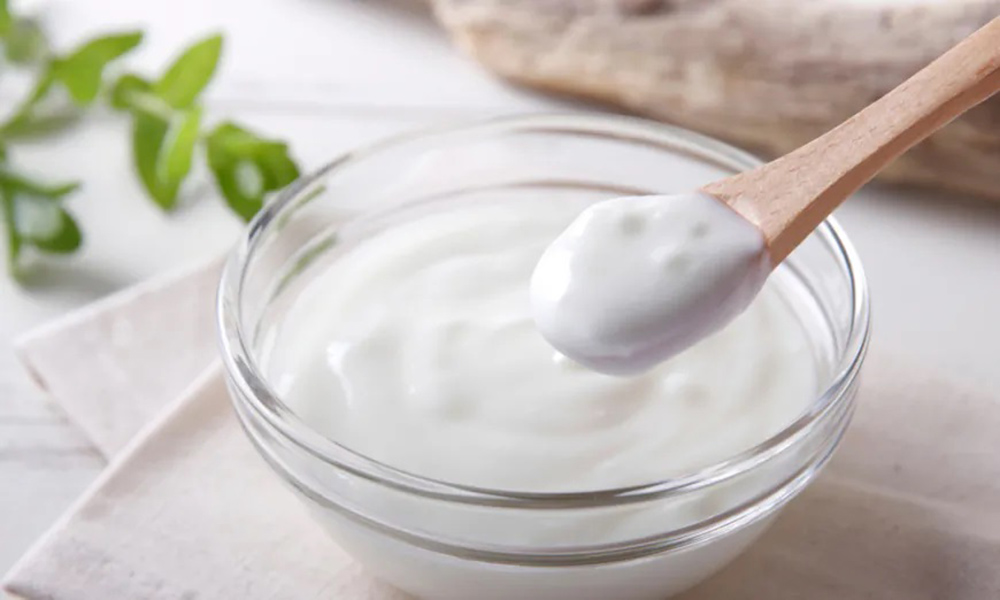|
Getting your Trinity Audio player ready...
|
Dr. Hu Naiwen
Many individuals spend significant amounts of money on probiotic supplements to boost their immune systems and improve digestion. However, many naturally fermented foods already contain probiotics. Yogurt and kimchi are prime examples of nutrient-rich superfoods that offer these benefits. In this article, we will delve into traditional methods for preparing homemade fermented foods, which serve as a natural way to supplement probiotics. By using these recipes, the entire family can enjoy the nutritional benefits of these delightful fermented delicacies.
A comprehensive review published in the Journal of Advanced Pharmaceutical Technology & Research in 2021 highlighted the role of probiotics in fermented foods in modulating the mucosal immune system, enhancing digestion, and maintaining intestinal microbiota balance. These microorganisms generally possess the ability to boost the immune system’s resistance against pathogens. Lactic acid bacteria found in fermented foods are an example of probiotics that can promote digestive health.
The Principles and Benefits of Fermentation
Fermentation is one of the oldest food preservation methods in the world. It is also a food processing technique that reduces and even eliminates toxic compounds.
The body’s enzymes break down consumed proteins into substances like amino acids to facilitate digestion and absorption. However, in the case of fermented foods, the proteins have already undergone the process of fermentation and are converted into substances that can be directly absorbed. In other words, fermentation enhances the body’s ability to absorb the nutritional components of food.
Homemade Fermented Foods
Making homemade fermented foods allows you to control the quality of ingredients and the amount of salt used. It also eliminates any concerns about chemical additives.
When I was young, my family made naturally fermented steamed buns and pickled vegetables with a slightly sour aroma. Having several naturally fermented vegetables as part of our daily meals contributed to our family’s overall health.
- Homemade Fermented Kimchi
Preparation method:
Start by stir-frying some sea salt and Sichuan peppercorns until lightly fragrant.
Fill the jar with fresh water, as it helps prevent mold growth and excessive foaming. Add ingredients such as scallions, garlic, cabbage, radish, chili, and garlic cloves for the first batch. Then, add a tablespoon of salt and allow it to sit for five to six days. The kimchi can be consumed once it develops a sour flavor.
The kimchi from the first batch is usually not very tasty, so it is common only to eat a little bit of radish and not the cabbage.
For the second batch, add some cabbage and let it sit for about half a day. You can also include sliced cucumbers, which will develop delicious flavors within the same timeframe. The radish should be soaked for a day and can be eaten alone or used in stir-fries with shredded pork.
Tips:
The ideal temperature range for vegetable fermentation is typically around 64 to 72 F (18 to 22 C). Under these temperature conditions, a wider variety of lactic acid bacteria can flourish, leading to distinct layers of acidity and unique flavors.
While sour pickled vegetables are delicious, it is essential to consume them in moderation, as excessive intake may negatively affect the tendons.
- Soy Milk Yogurt: Low-Fat Energy Booster
People who do not consume milk or are lactose intolerant can use soy milk as an alternative.





